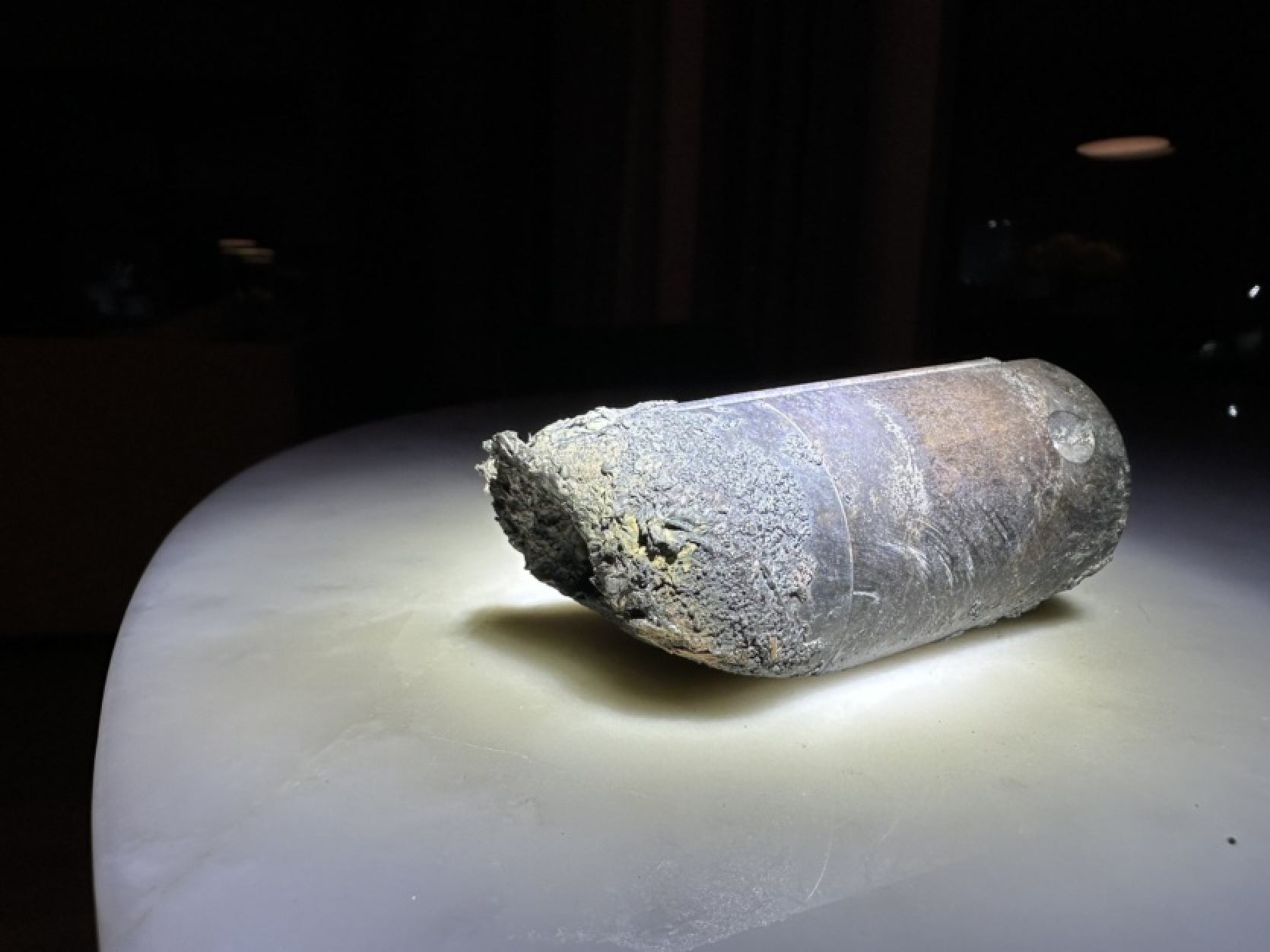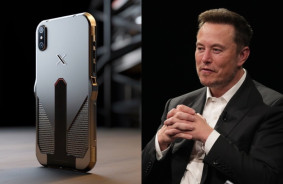In March, a one-kilogram piece of metal punched through the roof and floor of a two-story house belonging to Florida resident Alejandro Otero. It turned out to be space junk — specifically, a support beam for a battery pallet weighing 2630 kg, which was ejected from the ISS back in 2021.
At the time, Otero's 19-year-old son was in the house, but fortunately, no one was injured.
"We can't help but think about what could have happened if it had veered slightly to the right or left," Otero said. "We're very lucky."
At the same time, in addition to the moral damage, the family also suffered material damage. According to NPR data, the man's insurance consultant estimated the repair cost at $15,000, but there are other damages in the house that are not covered by insurance.
"We are filing our lawsuit against NASA, which will include both insured and uninsured losses," the man said, adding that his lawyer had contacted the legal team of the space agency.
NASA had expected the equipment to completely burn up upon reentry into the atmosphere, despite other experts disagreeing with the agency. The Aerospace Corporation noted that "typically" 20-40% of the mass of a large object reaches the Earth (the exact percentage depends on the construction). The European Space Agency also acknowledged that some fragments of the structure could reach the Earth.
The junk incident is related to a failed launch of the Russian Soyuz spacecraft. Over 5 years ago, due to problems with the rocket during launch, it made a rapid ballistic descent — NASA astronaut Nick Hague was on board, who was supposed to go out into space to install a new set of lithium-ion batteries delivered by the Japanese cargo ship HTV to the ISS, but the mission was postponed to 2018.
This delay in the carefully planned schedule disrupted the multi-year plan to upgrade the ISS electrical system batteries. Each time, the HTV spacecraft delivered new batteries to the station and took away the old ones — the last time this happened was in 2020, and since then, the faulty battery construction remained on the ISS (other cargo transportation vehicles — SpaceX's Dragon, Northrop Grumman's Cygnus, and the Russian Progress — cannot accommodate the HTV battery pallet). In March 2021, NASA "disposed of" the battery cargo using a robotic arm — it drifted in orbit for three years until aerodynamic drag pushed the structure back into the atmosphere.














Comments (0)
There are no comments for now